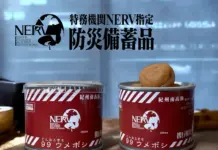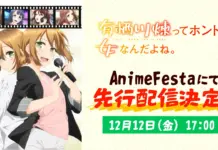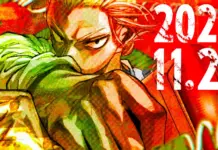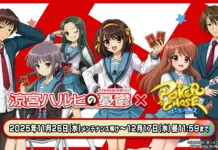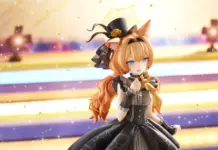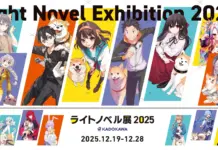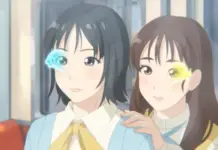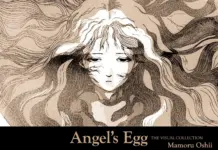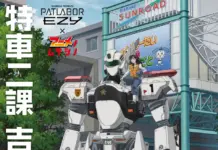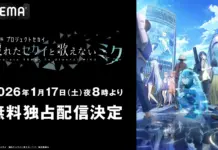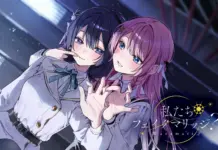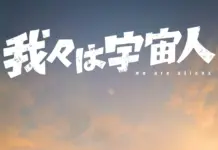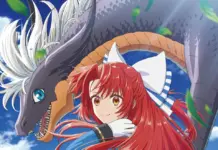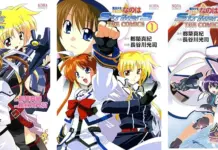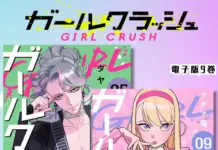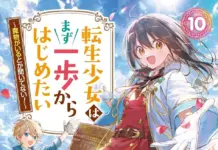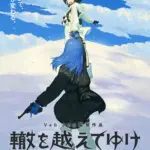The first official making-of book for GIRLS BAND CRY arrives this fall from Genkosha: a 160-page B5-variant volume that reveals how the show’s illustration-look full 3DCG came together—through deep interviews, step-by-step workflows, unseen design materials, and side-by-side comparisons. Here’s everything you need to know at a glance so you can decide if it belongs on your desk.
A first complete making-of that maps GIRLS BAND CRY
This is the first official inside-the-studio volume for the series, built as a practical document rather than a scrapbook. Expect long-form interviews, process breakdowns, and “how we decided” narratives that explain why certain shots and cuts feel the way they do.
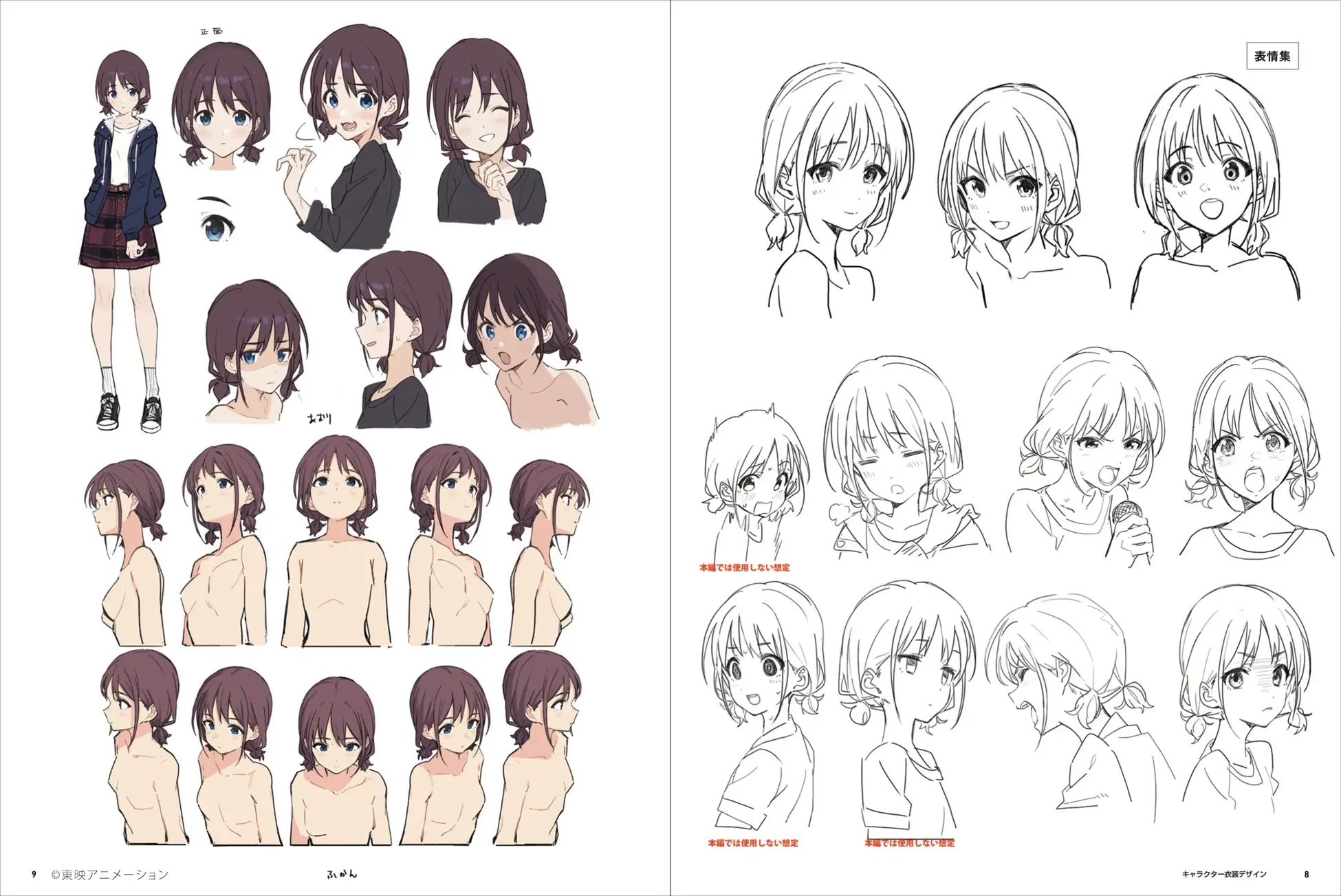
Illustration-look full 3DCG explained through deep interviews
Key voices span the pipeline—Series Director Kazuo Sakai, Series Composition/Writer Toshiki Hanada, CG Director Jaehoon Jeong, Producer Masashi Hirayama, and leads across rigging, modeling, look development, and art direction. The Q&A format keeps the theory grounded in actual production choices.
From AR scouting to camera craft: the pipeline in one book
The book tracks everything from AR-based location scouting and storyboards to rig adjustments for expressive faces, lighting strategies, and camera language. You also get modeling notes for outfits and props, plus how linework and shading were tuned to keep the “illustration look” consistent across everyday scenes and live stages.
Daily moments and live stages traced from boards to finals
Side-by-side comparisons (making images vs. final frames) make it easy to see how layout, lighting, and animation timing evolved. The live-scene chapter digs into rehearsal → motion capture → stage lighting → crowd building, while the everyday-scene chapter focuses on warmth, silhouette readability, and “invisible” composition tricks.
Specs and buying facts you need before preordering
Release date: Nov 14, 2025
Format: B5 variant, 160 pages
Price: ¥2,500 + tax
ISBN: 9784768330869
Retail: Amazon listing
Jump-right-in guide: find your chapters fast
Skim the interview map first (to anchor names and roles), jump to the pipeline chapter you care about (daily vs live), then finish with the side-by-side comparisons to connect intent to result. If you’re a student or junior artist, mark the rigging/lighting pages—those are the fastest skill boosts.

